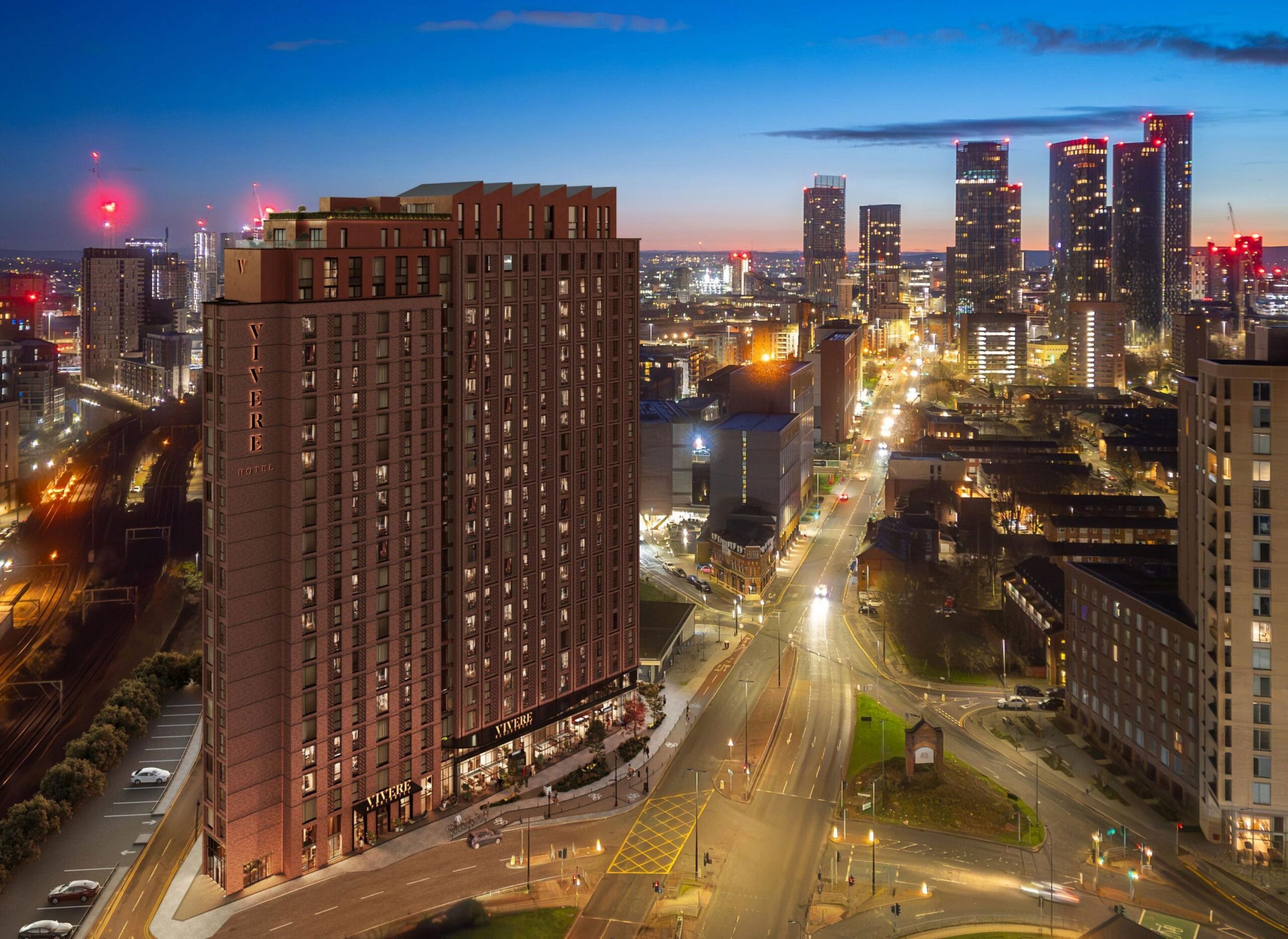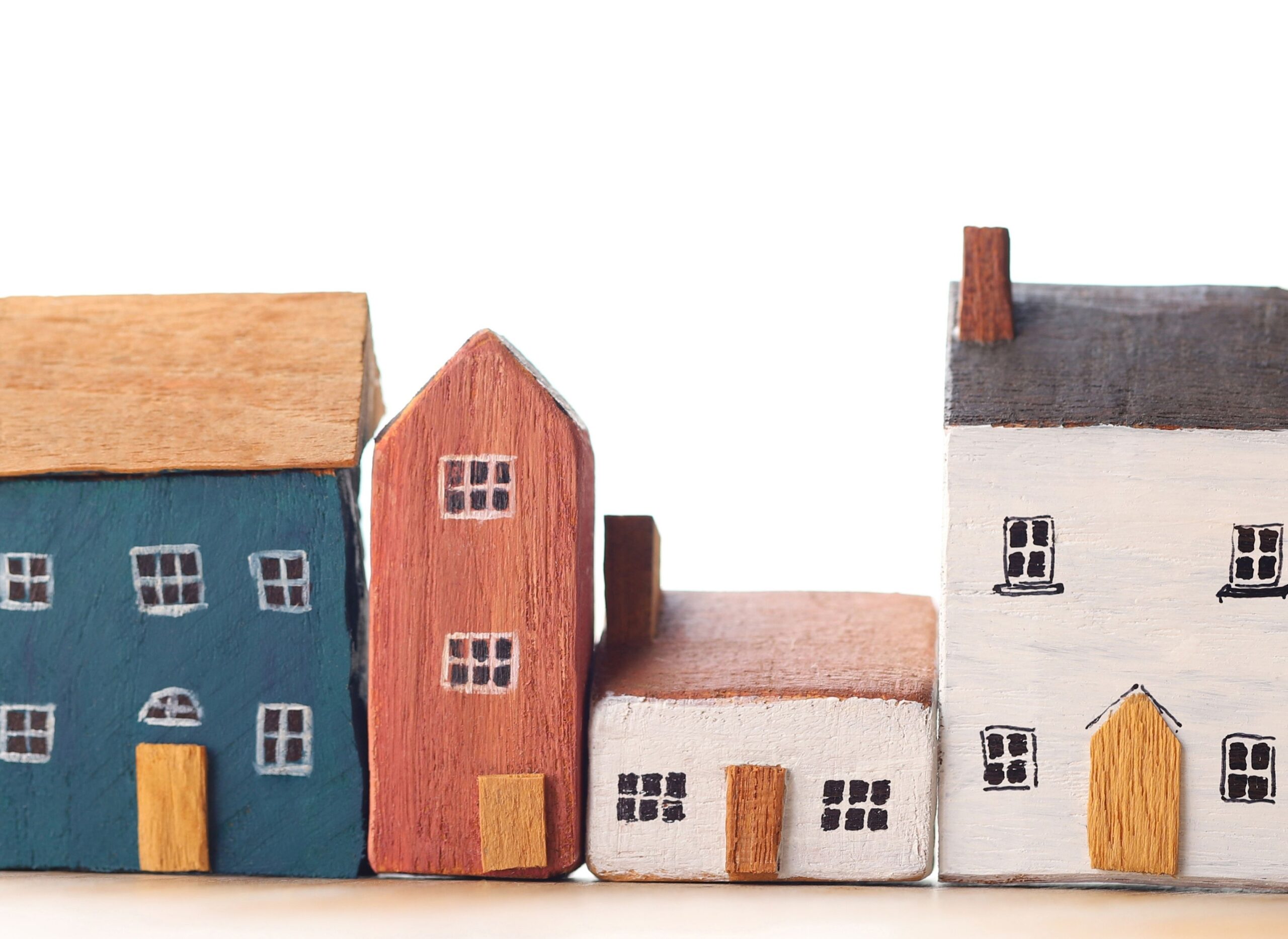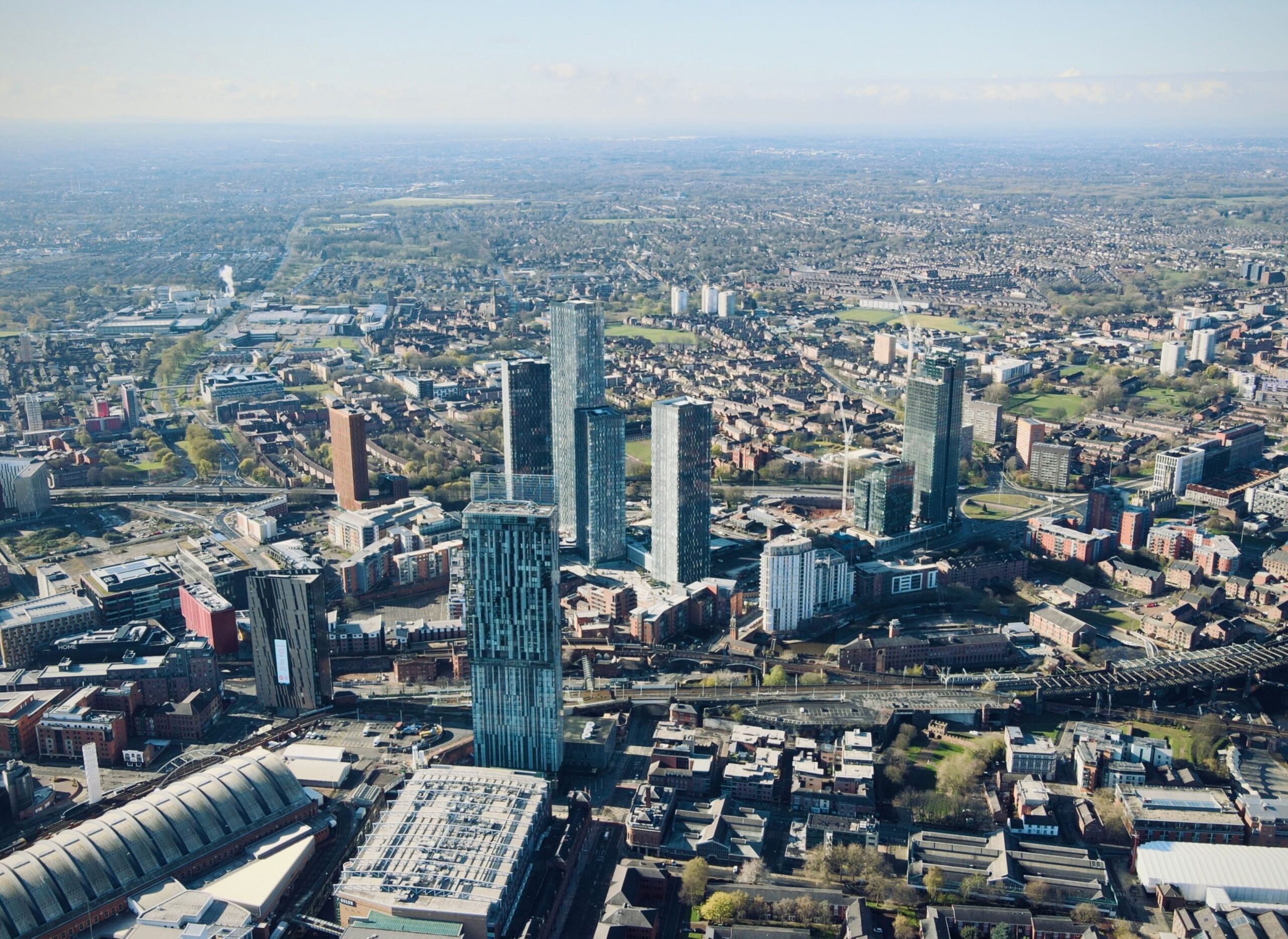Green spaces are the lifeblood of urban environments, offering a sanctuary for residents, enhancing biodiversity, and contributing to the overall health and well-being of communities. As cities across the UK undergo regeneration, the importance of integrating green spaces into urban planning has never been more apparent. Birmingham, Manchester, and Liverpool are at the forefront of this movement, with innovative projects that place green spaces at the heart of placemaking efforts. Let’s explore the significance of green spaces and delve into the transformative initiatives shaping these cities.
The Importance of Green Spaces in Urban Areas
Green spaces, including parks, gardens, and urban forests, play a crucial role in city centres. They provide numerous benefits, such as:
- Improved Air Quality: Trees and plants act as natural air filters, reducing pollution and improving air quality.
- Enhanced Mental Health: Access to green spaces has been linked to reduced stress, improved mood, and overall mental well-being.
- Biodiversity: Urban green spaces support wildlife, creating habitats for birds, insects, and other species.
- Climate Resilience: Green spaces help mitigate the effects of climate change by reducing urban heat and managing stormwater.
- Community Engagement: Parks and gardens serve as gathering places, fostering social connections and community spirit.
As cities grow and evolve, the integration of green spaces into urban planning is essential for creating sustainable and liveable environments.
Birmingham: Green Living Spaces Plan
Birmingham has embraced the concept of valuing its natural assets through the Green Living Spaces Plan. This initiative introduces a new approach to urban planning by recognising the city’s natural spaces as “Natural Capital.” The plan aims to enhance the city’s green infrastructure, ensuring that residents have access to high-quality green spaces.
Key Projects in Birmingham
- Eastside City Park: Located in the heart of Birmingham, Eastside City Park is a prime example of urban regeneration with green spaces at its core. The park features landscaped gardens, water features, and open spaces, providing a tranquil escape for residents and visitors.
- Smithfield Development: The Smithfield regeneration project includes plans for a new public park, creating a green oasis in the city centre. This park will serve as a focal point for community activities and events.
- HS2 Curzon Street Station: The development of HS2’s Curzon Street Station incorporates green spaces and landscaping, enhancing the area’s aesthetic appeal and environmental sustainability.
Birmingham’s commitment to green spaces reflects its vision for a healthier and more connected city.
Manchester: Urban Green Infrastructure
Manchester has long been a pioneer in urban regeneration, and its focus on green infrastructure is a testament to its forward-thinking approach. The city recognises the importance of green spaces in enhancing quality of life and addressing climate challenges.
Key Projects in Manchester
- Victoria North: One of Manchester’s largest regeneration projects, Victoria North aims to deliver 15,000 new homes over the next two decades. The project prioritises green spaces, including new parks and landscaped areas, to create vibrant residential communities.
- Ancoats Green: The Ancoats neighbourhood is undergoing transformation, with plans for a major urban park in the city centre. This park will provide much-needed green space and support sustainable urban living.
- Manchester Digital Campus: The development of the Manchester Digital Campus includes green spaces and sustainable infrastructure, blending technology with environmental responsibility.
Manchester’s regeneration efforts demonstrate the city’s commitment to creating a greener and more resilient urban environment.
Liverpool: Mersey Heat and Green Spaces
Liverpool’s waterfront is undergoing a remarkable transformation, with green spaces playing a central role in the regeneration process. The city’s focus on sustainability and placemaking is evident in its innovative projects.
Key Projects in Liverpool
- Liverpool Waters: The £5 billion Liverpool Waters development integrates green spaces into its design, creating a sustainable community along the waterfront. The project includes landscaped areas, parks, and public spaces that enhance the urban environment.
- Mersey Heat Energy Centre: While primarily an energy project, the Mersey Heat initiative incorporates green spaces and landscaping around the energy centre. These efforts contribute to the city’s goal of creating a greener and more liveable waterfront.
- Central Park: Plans for a new Central Park in Liverpool aim to provide a green haven in the city centre, supporting biodiversity and community engagement.
Liverpool’s regeneration projects highlight the city’s leadership in sustainable urban development.
Placemaking: Putting Green Spaces Front and Centre
Placemaking is an approach to urban planning that focuses on creating spaces that are meaningful, inclusive, and sustainable. Green spaces are a cornerstone of placemaking, offering opportunities for recreation, relaxation, and social interaction.
Benefits of Placemaking with Green Spaces
- Community Building: Green spaces serve as gathering places, fostering a sense of belonging and community.
- Economic Growth: Well-designed green spaces attract businesses and tourism, contributing to economic development.
- Health and Well-being: Access to green spaces promotes physical activity and mental health.
- Environmental Sustainability: Green spaces support climate resilience and biodiversity.
By prioritising green spaces, cities can create environments that are not only functional but also enriching and inspiring.
Green spaces are essential for the health and vitality of city centres. Birmingham, Manchester, and Liverpool are leading the way in integrating green spaces into their regeneration efforts, setting a benchmark for sustainable urban development. From Birmingham’s Green Living Spaces Plan to Manchester’s Victoria North and Liverpool’s waterfront transformation, these cities are demonstrating the power of placemaking with green spaces at the forefront.
As urban areas continue to grow, the importance of green spaces cannot be overstated. They are the heart of our cities, providing environmental, social, and economic benefits that enhance quality of life. By embracing green spaces, cities can create sustainable and liveable environments for generations to come.
The regeneration projects in Birmingham, Manchester, and Liverpool are shining examples of what can be achieved when vision and innovation come together. These initiatives not only transform urban landscapes but also inspire a greener and more connected future. Let’s celebrate the role of green spaces in shaping our cities and look forward to the continued progress in urban regeneration.






